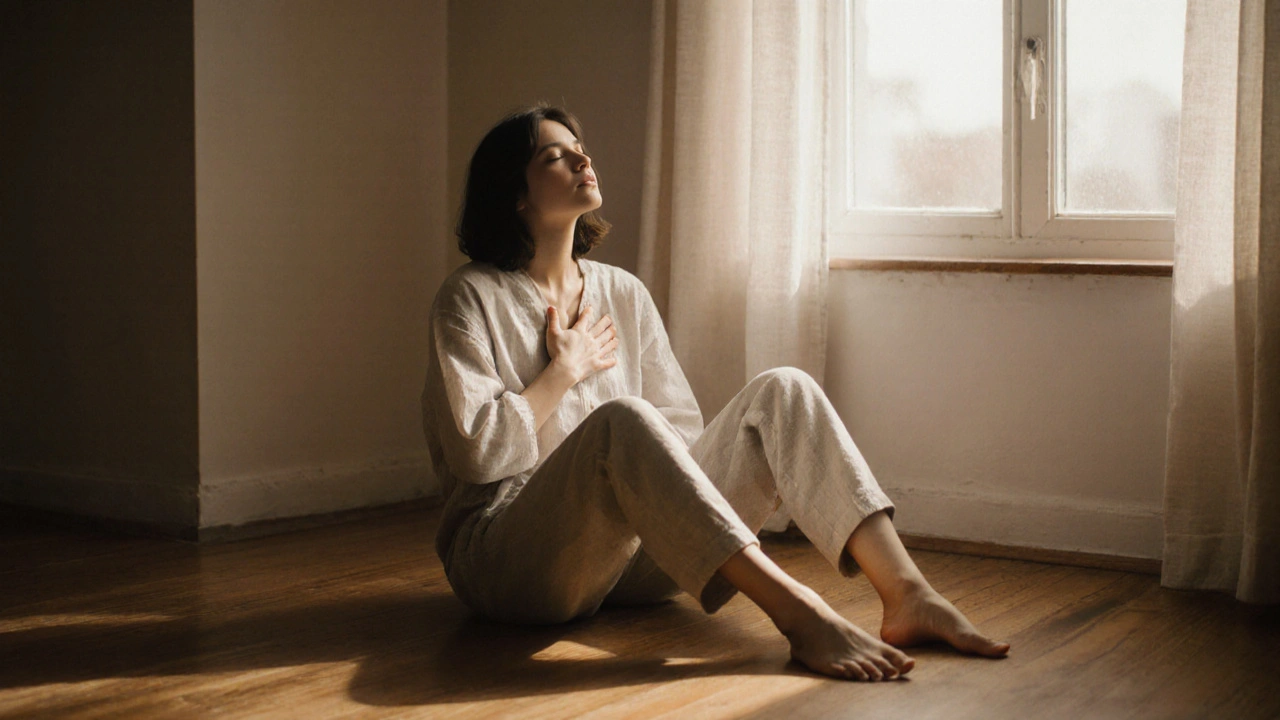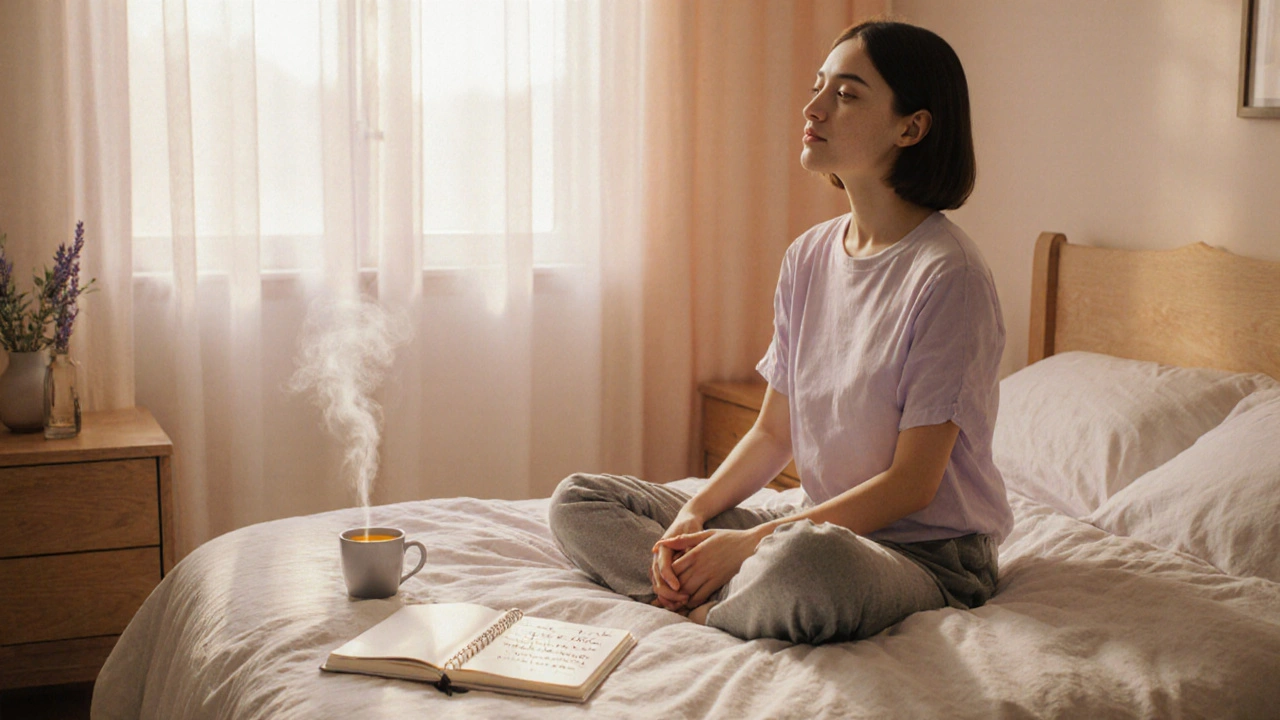A single breath can change your mood fast. Use simple breathing exercises to cut anxiety, sharpen focus, and sleep better. I'll show you exact steps, short routines, and when to use each one.
Start with posture. Sit or stand tall, shoulders relaxed, feet on the floor. Put one hand on your chest and one on your belly. That helps you feel belly breathing instead of shallow chest breathing.
Diaphragmatic breathing (belly breath): Inhale through your nose for four counts, feel your belly rise. Exhale through your mouth for six counts, feel your belly fall. Repeat five to ten times. Use this when you feel tense or need a quick reset at your desk.
Box breathing (square breathing): Inhale four counts, hold four, exhale four, hold four. Do four rounds. This technique calms the nervous system and works well before presentations or meetings.
4-7-8 breathing for sleep: Inhale through the nose for four, hold for seven, exhale through the mouth for eight. Repeat three to four cycles. Many people fall asleep faster after two to three sets of this.
Pursed-lip breathing for shortness of breath: Inhale for two counts through the nose, exhale slowly through pursed lips for four counts. Keep the exhale longer than the inhale. Use this when you feel breathless after exercise or during panic.
Alternate-nostril breathing (simple version): Sit tall, gently close your right nostril with your thumb. Inhale through left nostril for four. Close left nostril with ring finger, release right nostril and exhale for four. Reverse. Do five cycles. This helps focus and balances your mind.
Quick one-minute reset: Breathe in for four, out for six, repeat six times. That’s enough to lower tension and bring clarity when you’re rushed.
Five-minute calm routine: Start with diaphragmatic breathing for two minutes, then do two rounds of box breathing, finish with gentle counting breaths for one minute. This routine fits a short break or a commute.
Tips that matter: Breathe through the nose when possible. Keep shoulders relaxed. If lightheaded, slow down or breathe normally until it passes. Practice daily for best results — even two minutes a day builds the habit.
When to avoid these techniques: If you have a lung condition, heart issues, or feel dizzy, check with a doctor before trying intense breath holds. For most people, these simple methods are safe and effective.
Try one technique today during a stressful moment. Notice how your body responds and pick the one that fits your life. Regular practice makes breathing exercises a small habit with big benefits.
Pair breathing with movement: try five slow breaths while stretching your neck and shoulders. Use a phone reminder twice daily to practice. If you want guidance, free timers and guided breathing apps work well for beginners. Keep a small note where you sit to remind yourself to breathe properly. Over weeks you’ll notice less reactivity, better sleep, and clearer thinking. Start small, practice often, and be patient with progress daily.

Simple, science-backed relaxation techniques you can use anytime to reduce stress-no apps, no equipment, just your breath and body. Effective for daily use.
Read More
Learn practical, science‑backed techniques to lower cortisol, improve sleep, and cultivate a relaxed mindset with simple daily habits.
Read More
Embark on a journey to discover how relaxation techniques can transform your life, offering a sanctuary from the hustle and bustle of modern existence. This article delves into the art of mindfulness, the power of breathing exercises, and the magic of guided imagery, providing you with a toolkit for managing stress and enhancing your overall well-being. Learn how integrating these practices into your daily routine can lead to significant improvements in your physical and mental health, making you more resilient against life's challenges.
Read More